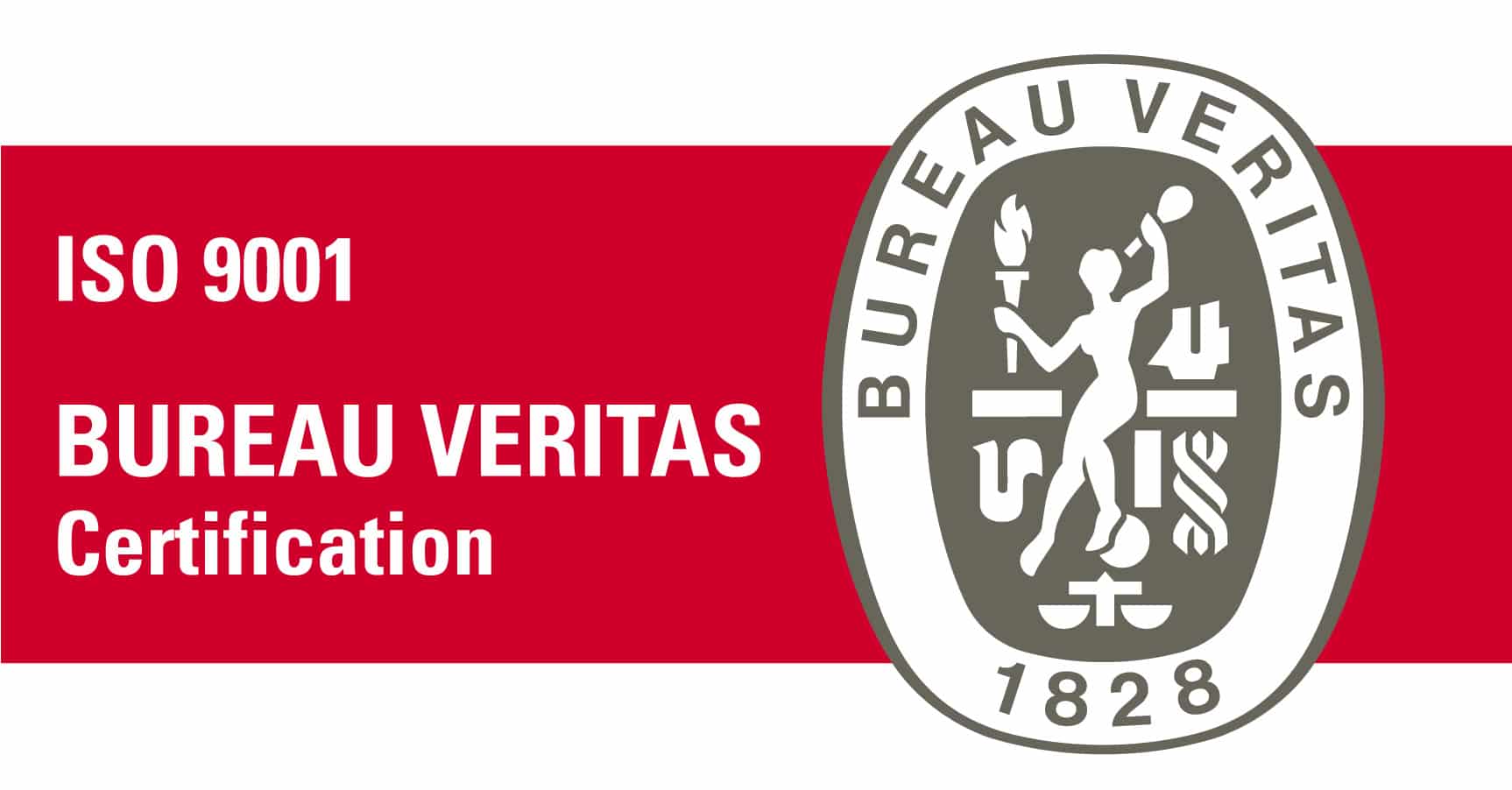Gibbs Interwire will be exhibiting at the upcoming WAFIOS Med Tech Day 2025 on June 4, 2025, at the WAFIOS Midwest Technical Center in Mokena, IL. But that’s not all—our very own Bill Hann will be sharing his expertise in a brief presentation (details to follow)! Meet Our Team: This event promises a full day… [Read More]
Blog
Precision Drawn High Performance Alloy Wire Now Available from Gibbs Interwire
Gibbs Interwire and Elgiloy Specialty Metals Wire have joined forces to create a powerhouse team in the wire industry, offering unparalleled services and solutions to their customers. This strategic alliance brings together the strengths of both companies, resulting in a synergistic partnership that will revolutionize customer service and technical experience through several key initiatives: Expanded… [Read More]
Join Gibbs Interwire at the 2025 SHOT Show in Las Vegas! 🎯
Gibbs Interwire will be exhibiting at the SHOT Show Suppliers Showcase on January 20 & 21, 2025. This is your opportunity to meet with our team, explore our extensive range of wire and strip solutions, and discover how we support industries including defense, spring manufacturing, and beyond. 📍 Where to Find Us: Booth #52236📅 When:… [Read More]
Springs Are Everywhere: New Episode Out Now!
If you haven’t tuned in yet, now’s your chance! 🎧 The latest episode of the Springs Are Everywhere podcast has dropped, and it’s packed with valuable insights. 💡 If you’re looking for your next great listen, this episode is a must. Choose your favorite way to listen: Spotify YouTube Gibbs Interwire is the Platinum Sponsor… [Read More]
Meet Our Team: We’re Exhibiting at Fabtech Orlando!
The Gibbs Interwire team will be at Fabtech Orlando, October 15-17. Print your free pass here. Gibbs Interwire, a Combined Metals Company, has spent decades providing superior strip & wire products. We provide a wide range of alloys including stainless steel, carbon/music, red metals, nickel alloys, cobalt alloys, super austenitic and duplex alloys. Our strip… [Read More]











